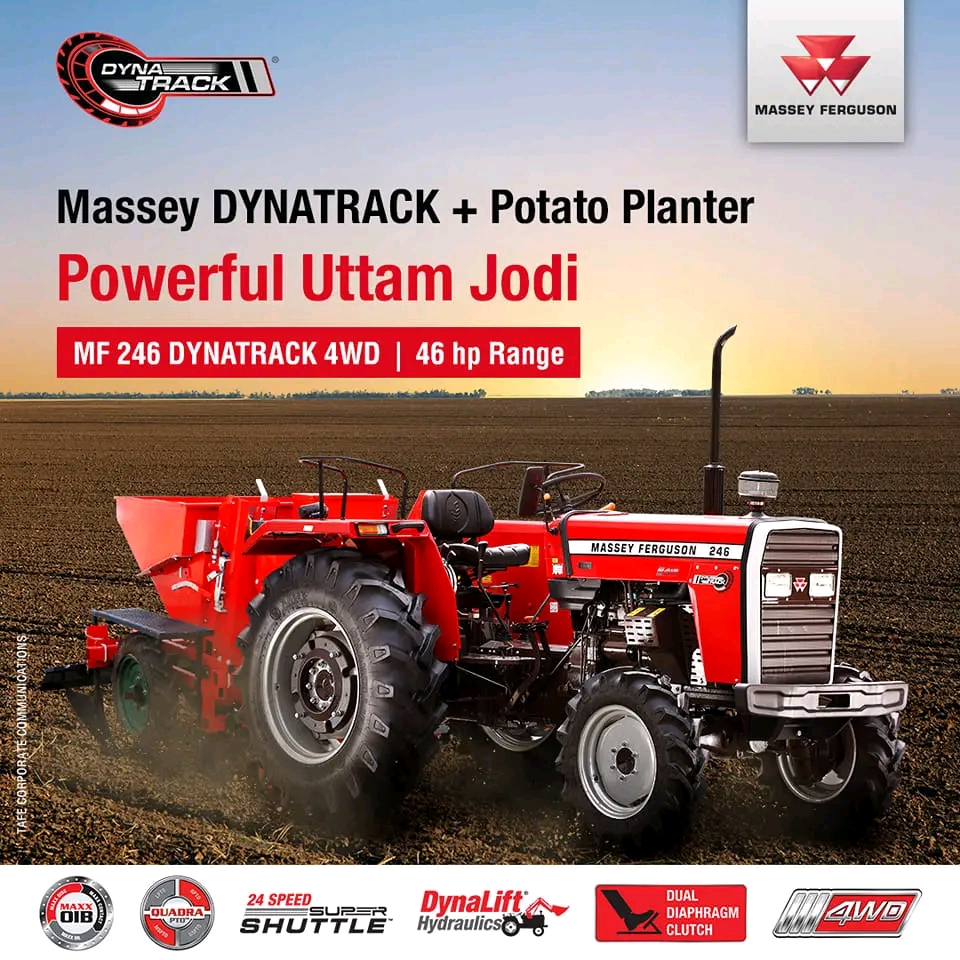Omprabha, Ph.D. Scholar (Agricultural Engineering), Department of farm machinery and power engineering, IGKV Raipur, C.G.
Saurabh sahu, M.Tech., Department of farm machinery and power engineering, IGKV Raipur, C.G.
Dr. Sukhbir Singh, Principal Scientist, ICAR-Indian Institute of Sugarcane Research, U.P.
Introduction:
Amidst the dynamic evolution of Indian agriculture, the incorporation of locally available female-friendly tools, coupled with mechanization, is ushering in a transformative era. This comprehensive exploration delves into the profound impact of both traditional and adapted tools, including specialized implements like the paddy weeder and weeder cum irrigation system, on agricultural practices, mechanization, and their substantial contributions to the Indian economy.
The Need for Female-Friendly Implements:
A. Breaking Gender Stereotypes: Traditional hand tools like the mattock (kudali) and chaff cutter (chaffhar), when adapted for women, challenge gender stereotypes by prioritizing ergonomic design and accessibility. This empowers women to actively participate in farming, fostering inclusivity.
B. Enhancing Efficiency and Productivity:
1. Hand Operated Seed Drills: Tailored for women, these drills simplify the sowing process, promoting precision and efficiency. The lightweight design ensures ease of use, enhancing productivity and crop yields.
2. Lightweight Weeding Forks: Adapting traditional weeding forks to be lightweight and ergonomic enables women to efficiently engage in weed removal. This contributes to improved crop health and overall productivity.
3. Paddy Weeder: Specially designed for wetland paddy fields, paddy weeders reduce the manual effort required for weeding. Women-friendly adaptations make these tools accessible, ensuring efficient weed management in rice cultivation.
4. Weeder Cum Irrigation System: Combining weeding and irrigation functionalities, this innovative system optimizes labor and resources. Adapted for female farmers, it streamlines agricultural tasks, enhancing productivity and water efficiency.
C. Localization and Customization: Adapting locally available tools, like manually operated seed drills, region-specific lightweight implements, paddy weeders, and weeder cum irrigation systems, ensures that tools are not only effective but also culturally appropriate. This localization promotes inclusivity and resonates with diverse agricultural practices across India.
Impact on Agricultural Mechanization:
1. Increased Adoption of Mechanized Practices: The integration of female-friendly tools, including specialized implements, bridges the gender gap in adopting mechanization. User-friendly designs encourage women to embrace modern technologies, contributing to a more mechanized and efficient agricultural sector.
2. Rural Empowerment and Livelihood Improvement:
- Improved Livestock Management: Adapted chaff cutters and region-specific tools contribute to improved livestock management. This becomes a source of additional income for women farmers, boosting household economies.
- Entrepreneurship Opportunities: Empowering women in agriculture through adapted tools, including paddy weeders and weeder cum irrigation systems, opens doors to entrepreneurial roles. This potential development of women-led agribusinesses contributes to rural economic development.
3. Sustainability and Environmental Impact:
- Resource-Efficient Pest Control (Pankha): Redesigning hand-operated sprayers (pankha) with lightweight materials and ergonomic handles facilitates women's participation in pest control practices. This not only ensures sustainable agriculture but also minimizes environmental impact.
Contribution to the Indian Economy:
1. Increased Agricultural Productivity: The improved efficiency and productivity resulting from locally adapted female-friendly tools and specialized implements directly contribute to the growth of the agricultural sector, a vital component of the Indian economy.
2. Diversification of Agricultural Activities: Adapted tools, including paddy weeders and weeder cum irrigation systems, enable women to engage in a broader spectrum of farming activities, enhancing economic stability by reducing dependency on specific crops.
3. Livestock Management and Income Generation: Region-specific tools, including specialized implements, contribute to improved livestock management, becoming a source of additional income for women farmers and boosting household economies.
4. Entrepreneurship Opportunities: The empowerment of women in agriculture, facilitated by adapted tools and specialized implements, opens doors to entrepreneurial roles. This potential development of women-led agribusinesses, incorporating innovative tools, contributes to rural economic development.
5. Market Access and Value Addition: Access to better markets, facilitated by the adoption of modernized native tools, including specialized implements, allows women farmers to negotiate fair prices for their produce. This contributes to value addition and increased income.
Conclusion:
The integration of locally available female-friendly tools, specialized implements like paddy weeders and weeder cum irrigation systems, agricultural mechanization, and their economic impact signifies a comprehensive transformation for Indian agriculture. Beyond fostering inclusivity and gender equality, these initiatives enhance productivity, promote sustainable practices, and play a pivotal role in the economic growth of the nation. As India embraces technological advancements, ensuring that these innovations are both regionally tailored, gender-sensitive, and incorporate specialized tools will lead to a more equitable, prosperous, and culturally resonant future for its agricultural sector.











0 Comments